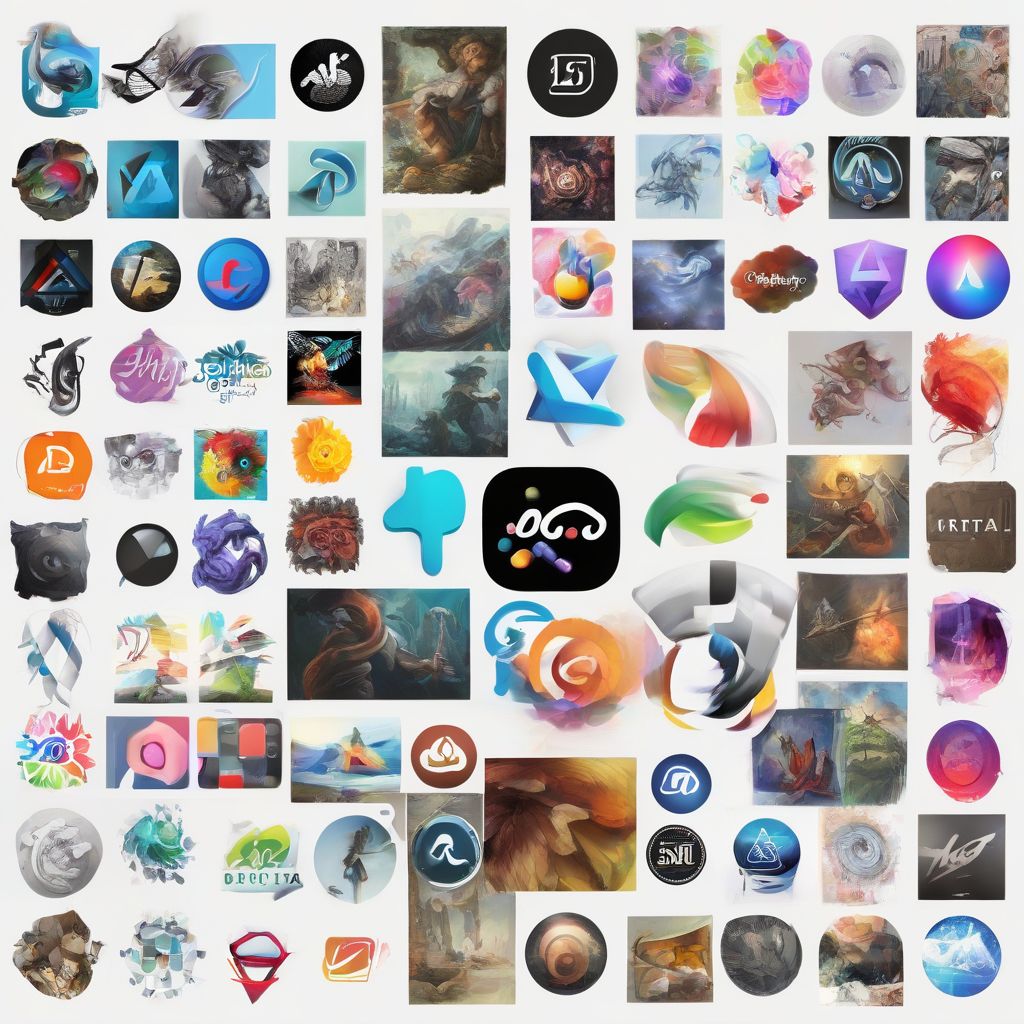Have you ever gazed upon a stunning piece of digital art and felt a burning desire to create something equally captivating? The truth is, mastering digital art and illustration is a journey, not a destination. It takes dedication, practice, and a willingness to learn and adapt. But don’t worry, the path is paved with incredible tools and techniques that can help you unleash your inner artist. Whether you’re a complete beginner or have dabbled in the digital art world, this guide is packed with valuable tips to elevate your skills and bring your artistic visions to life.
Understanding the Fundamentals
Just like a strong building requires a solid foundation, digital art relies on some core principles:
1. Choosing the Right Software:
- Photoshop: The industry standard, renowned for its powerful raster editing capabilities, perfect for photo manipulation, digital painting, and more.
- Illustrator: Ideal for vector art, logos, typography, and creating scalable graphics without losing quality.
- Procreate: A popular choice for iPad users, known for its intuitive interface and robust brush engine.
- Clip Studio Paint: A versatile software favoured by comic artists and illustrators, offering advanced animation features.
 Digital Art Software
Digital Art Software
2. Mastering Digital Brushes and Tools:
- Experiment with Different Brushes: Explore various brush types to achieve different textures and effects. Don’t be afraid to customize brushes to suit your style.
- Master Layers: Think of layers like transparent sheets stacked upon each other. This allows for non-destructive editing and greater control over your artwork.
- Utilize Selection Tools: Learn to accurately select and isolate areas of your artwork for precise edits and adjustments.
3. Understanding Color Theory:
- The Color Wheel: Learn the relationships between colors, such as complementary, analogous, and triadic, to create harmonious and visually appealing palettes.
- Color Modes (RGB vs. CMYK): Understand the difference between additive (RGB for digital) and subtractive (CMYK for print) color models for accurate color representation.
- Experiment with Color Harmonies: Use online tools and resources to generate pleasing color schemes and explore different moods and emotions conveyed by various palettes.
Essential Techniques for Digital Artists
1. Line Art and Sketching:
- Start with Traditional Sketching: Don’t underestimate the power of traditional sketching to develop your composition and line confidence.
- Digital Inking: Explore various inking tools in your chosen software to create clean, crisp lines or emulate traditional inking styles.
- Line Weight Variation: Use varying line thickness to add depth, dimension, and visual interest to your artwork.
2. Digital Painting Techniques:
- Understanding Brushes and Pressure Sensitivity: Experiment with pressure-sensitive brushes to control opacity, flow, and brush size for more natural-looking strokes.
- Blending and Smudging: Learn different blending techniques to create smooth transitions between colors and achieve realistic effects.
- Layering and Building Up Colors: Gradually build up colors and values in layers to create depth and richness in your paintings.
3. Adding Depth and Dimension:
- Light and Shadow: Master the principles of light and shadow to create a sense of form, volume, and realism in your artwork.
- Perspective and Composition: Understand basic perspective rules to create believable depth and lead the viewer’s eye through your composition.
- Texture and Detail: Experiment with brushes, textures, and overlays to add realistic details and visual interest to your artwork.
Elevating Your Workflow and Skills
1. Develop a Consistent Workflow:
- Organize Your Workspace: Create a dedicated workspace that is free from distractions and set up your tools and software for efficiency.
- Use Shortcuts: Learn and utilize keyboard shortcuts within your chosen software to speed up your workflow and improve productivity.
- Backup Your Work Regularly: Avoid the heartbreak of losing your hard work by backing up your files regularly to cloud storage or external drives.
2. Continuous Learning and Practice:
- Online Tutorials and Courses: Take advantage of the wealth of free and paid online resources, tutorials, and courses available to enhance your skills.
- Study Other Artists: Draw inspiration from artists you admire. Analyze their techniques, styles, and workflows to learn and grow.
- Practice Regularly: Dedicate time each day or week to practice and experiment with new tools, techniques, and ideas.
3. Seek Feedback and Engage with the Community:
- Join Online Art Communities: Connect with fellow artists on platforms like DeviantArt, ArtStation, or Instagram to share your work, receive feedback, and find inspiration.
- Participate in Challenges and Contests: Challenge yourself and gain exposure by participating in online art challenges, contests, and collaborations.
Conclusion
Mastering digital art and illustration is an ongoing journey filled with creativity, exploration, and continuous learning. By embracing the fundamentals, experimenting with different techniques, and nurturing your artistic growth, you can unlock a world of possibilities and bring your artistic visions to life in the digital realm. Remember, the most important tip is to enjoy the process! Embrace the joy of creation, don’t be afraid to make mistakes, and let your passion for art guide you.
Now, grab your digital tools and start creating! The digital canvas awaits your unique artistic voice. Share your journey and connect with fellow artists in the comments below – we’d love to see your creations!
[amazon bestseller=”digital art”]
